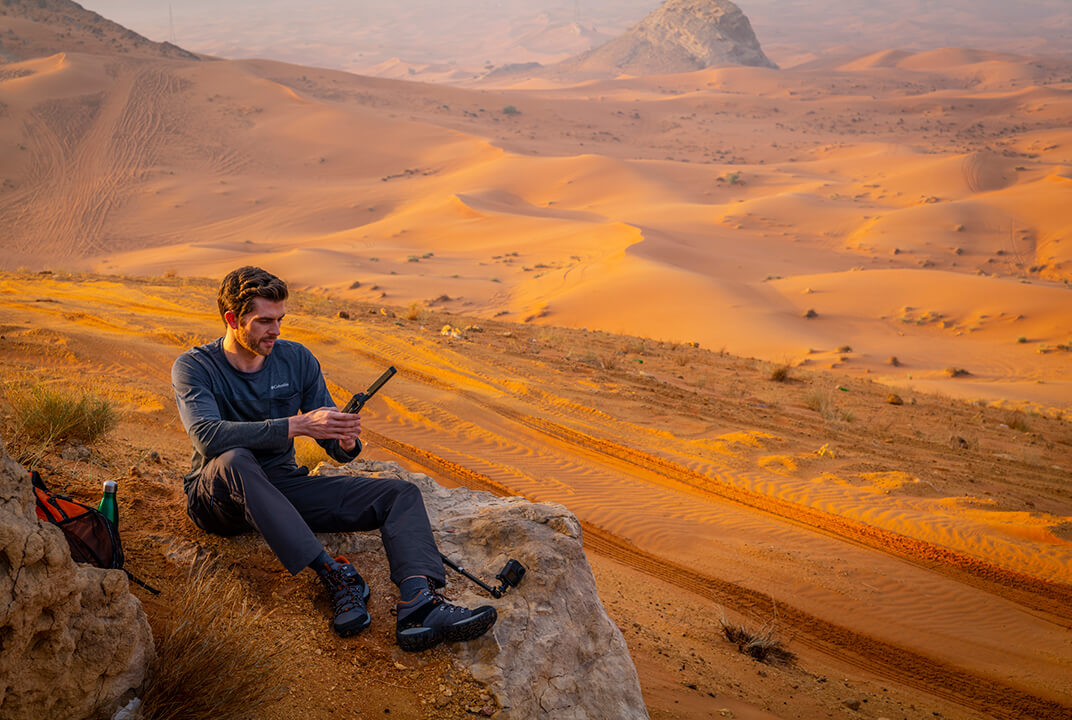Insight | Beating my nemesis: the mobile blackspot
Beating my nemesis: the mobile blackspot
Enterprise
Working in the field of lone worker safety, and particularly app development, my nemesis has always been the ‘mobile blackspot’ – those annoying pockets where you can’t connect to the network, rendering your top of the range smartphone or device useless when you need to make a call. This is of course particularly pertinent if you are trying to use your phone to call or signal for help in an emergency.
Luckily, mobile and internet coverage around the world is continuously expanding. According to Statista.com, the number of mobile phone users in the world is expected to pass the five billion mark by 2019. In 2014, nearly 60 per cent of the population worldwide owned a mobile phone. Penetration is forecast to continue to grow, going up to 67 per cent by 2019 – which gives a good indication of how much of the world we can reasonably expect to be able to use a mobile device in.
However, when it comes to protecting lone-working employees, reasonable expectations aren’t enough. It doesn’t matter how many features a solution has, or how accurate the monitoring is – if it can’t connect to a network, you can’t call for help and your employer can’t locate you. At StaySafe we’ve spent a lot of time developing our lone worker safety solution.
Our app and cloud-based monitoring service allows employers to track the location and safety status of their lone workers via GPS and also incorporates ‘fallback’ options so that mobile blackspots cause less of an issue.
For example, if signal is lost the app doesn’t log-out but reconnects automatically as soon as it is back in range. The app also sends alerts to the monitoring hub via 2G SMS when 3/4G network connection isn’t available. For most businesses this stepped-level of connectivity provision ensures their duty of care is satisfied. But what if your operations are really remote?
When I began working with companies whose employees venture into the Australian Outback I was surprised that their biggest concern wasn’t the terrain or climate (although of course these need to be highly respected and trained for) but the lack of connectivity. Even though we had developed the app to the point where it satisfied the connectivity challenges of most of our client base it became clear we weren’t quite out of the blackspot woods yet.
Country North South Australia Medicare Local (CNSAML) organise and manage front line health services over a vast geographical area, including the Outback. To mitigate the risk to employees who travel through signal blackspots they needed a personal safety device that could cope with being in and out of mobile coverage. Through working with them and understanding their working environment we began to investigate the possibility of utilising satellite connectivity to ensure that even employees who work in the world’s remotest locations are never out of range.
We began working with Inmarsat in late 2015 and today the StaySafe solution is supported by Inmarsat’s global L-band satellite network coverage. Being able to use the app via satellite ensures reliable access to critical data from remote sites anywhere in the world and is a fantastic development for organisations who have responsibility for employees who travel and work off the beaten track.
We can also offer employers a lone worker device that can monitor employee safety anywhere in the world, with no reduction in functionality or accuracy. It gives me great pleasure to say that through working with Inmarsat the issues caused to employers by mobile blackspots are finally becoming a thing of the past. This is great news for us and also, more importantly, for vulnerable employees around the world.
Inmarsat’s Certified Application Partner programme gives third party developers the opportunity to expand their innovative solutions beyond the boundaries of cellular and fixed networks by making them compatible with our satellite communication networks. Together, we are focused on powering the Internet of Everywhere with tailor-made communications solutions that bring genuine business benefits on land, at sea and in the air.
About the author
Don Cameron is CEO at StaySafe – a smartphone app and cloud based hub developed to protect and monitor vulnerable employees. Don has over 25 years’ experience working within the IT, telecoms and service industries and is a regular blogger and contributor on lone worker safety issues.


